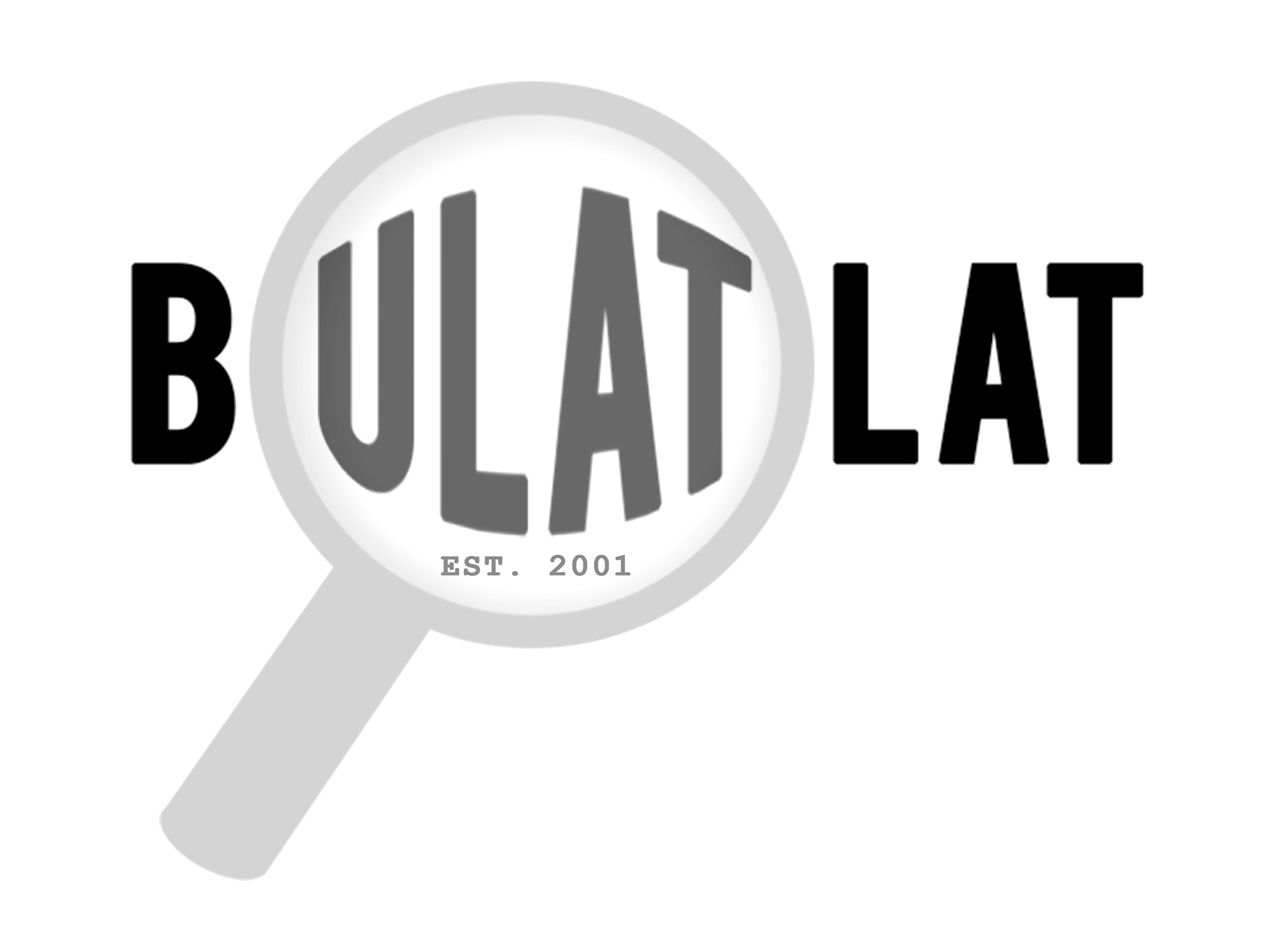The “native population,” wrote a British historian, “succumbed to a pestilence, as grievous as that which swept through Florence in 1348 or through old London in the time of Defoe.” It slew “people like sheep” – 44,984 officially – and drove away more than half a million in panic. The most devastated were poorer neighbourhoods, and the majority of those who fled were the among the city’s working classes. The plague forced the commercial and industrial elite to acknowledge, reluctantly, the connection between disease and sanitation, and social policy and economic stability.
Over the next two decades, the Bombay Mill-Owners Association (BMOA) debated the question of working class housing in the city. “Bad housing, and very expensive housing” the President of the Association explained “is the root cause of the migratory habits of the Bombay mill operatives.” Besides, “better housing will mean better health for the workers.”With government intervention, the city could produce housing “in a cheerful environment and sanitary surroundings” that would help in “abolishing the slums of Bombay.” Coercive public health interventions in early twentieth century Bombay would eventually serve the efforts of the colonial state to preserve socio-economic stability, and public housing construction became a means of ensuring a permanent settled labour force.
Come the Covid-19 pandemic of 2020, tens of thousands of migrant workers, locked out of their livelihoods, savings exhausted, have begun a desperate exodus back to their villages. A nationwide curfew declared by the Modi government – accompanied by televised bromides on “self-reliance” – has left the poor to fend for themselves. Meanwhile, in an online panel discussion organised by CorpGini – “a community of innovative corporates” – the billionaire Ratan Tata declared Covid-19 “a wakeup call to show us the new concerns, such as that arising from living in close proximity.” The pandemic “has underlined the problem that slums create for everyone due to the absence of enough fresh air, enough open space and the issues of being uprooted from your work.”
As we welcome these fine thoughts, the sense of déjà vu is unmistakable. The last time Mumbai’s rich and mighty worried about working-class housing was in early 1900s, when “business as usual” was disrupted by the plague. Covid-19 has got them talking once again about putting public health above private profit. The “rich men dwelling at peace within their habitations” have begun worrying about their interests (to quote Winston Churchill).
Planning Cities for Social Distancing?
Around the world, Covid-19 has unleashed a flood of articles about city planning after the pandemic. Many are explicitly anti-urban, as living in cities seems to be the antithesis of “social distancing.” For global architecture firms, social-distancing is a new buzzword motivating solutions that verge on sociophobia – an extreme example being a maze-park that allow “visitors to experience the benefits of green space while remaining at a safe physical distance.” The high population densities of southern cities have unnerved their transnational elite and policymakers nervous, who now speak openly about reducing the number of people in squatter settlements. With hundreds of cases of Covid-19 emerging from Mumbai’s Dharavi – branded “Asia’s biggest slum” – conservative commentators have called for the settlement to be “erased” and its residents “re-housed in high-rises.” We are being prepared for a new wave of urban megaproject fixes, that will very profitably help purge cities of proximity, density and sociality.
The future of the city after Covid-19, therefore, may well be an acceleration of existing trends: brutal dispossession and segregation, massive unemployment and insecurity, intrusive personal surveillance, aggressive policing of physical and social boundaries, and hi-tech gated enclaves for the rich to isolate themselves from the “dangers” of urban life. Or, perhaps, Covid-19 may teach us different lessons, some good and useful lessons.
The Origins of Urban Planning
There are many traditions of urban planning around the world. The roots of almost all modern public sector urban planning, however, can be traced to social struggles against the ravages of the industrial-capitalist city. Fire, epidemic, social inequality, environmental degradation: the apparatus of progressive planning emerged to forestall or minimize the devastating failures of laissez faire urbanism, in the form of health and sanitary codes, safety regulations, public goods, and environmental conservation. Dense urban living may make populations vulnerable to epidemics and disasters, but cities also learned over time how to contain and minimize their hazards.
Likewise, urban planning in Bombay began after the plague. The “horrors of the plague,” historian Rajnarayan Chandavarkar wrote, “prompted the most sustained period of state intervention in the affairs of the city.” Poor sanitation and overcrowding – which the colonial state neglected and justified as the result of “dirty native habits” – could no longer be ignored. In 1898, the Bombay Improvement Trust (BIT) was established, with a dual mandate of securing the future of commerce and industry, and providing sanitary accommodations for the poor and working classes. The BIT went after Bombay’s landlord dominated Municipal Corporation and the city’s property owners. A prominent British bureaucrat grumbled about overbuilding by “speculators in human misery,” landlords who cared for little else than to “reap a rich harvest from [their] property.”
The BIT introduced sanitary building codes (tenement densities, set back rules, height restrictions) to improve access to light and air in tenements. Landlords – restricted in their ability to cram the maximum number of tenants in the minimum possible area – kicked and screamed, accusing the BIT of wanting to “convert the city into a garden city at one stroke.” Eventually, a compromise was struck. Only new developments in the city needed to adhere to the BIT’s stringent regulations.
As the memory of the plague began to fade from the minds of Bombay’s ruling elite, the urgency of the BIT’s housing efforts declined. For the working classes, the housing crisis would persist and even get worse. In quantitative terms, the BIT’s contribution to the working class housing question was negative: it pulled down more houses than it built. It managed to do more in terms of land reclamation, street improvement and suburban development than in reducing urban overcrowding. Yet the public health regulations that BIT introduced remained enshrined in Mumbai’s planning codes till the 1970s and 1980s.
Market-oriented planning
In the 1980s, as in many other southern cities, the goals of planning in Mumbai began to shift. As international development agencies championed policies that “enable markets to work”,the price system gradually supplanted political modes of decision-making. As the private sector was handed responsibility for implementing plans and producing housing for the poor, government regulations for public health, environment and labour were dismantled, on the grounds that they were barriers to growth and prosperity. Public health and sanitation, which provided the justification for public intervention in the pre-liberalization era, began to be framed as constraints on market activity.
The most conspicuous manifestation is Mumbai's slum rehabilitation program – which allows developers to squeeze more people into smaller areas, pack buildings closer together than ever before, and shirk the provision of common facilities – all in the name of increasing land available for construction. Today, the business of slum redevelopment involves a coercive formalization of squatter settlements, by displacing settlers from unregulated housing and pushing them into deregulated housing. Health practitioners have begun to note high rates of infectious disease among occupants of “rehabilitation” buildings. In other words, planning in Bombay has come full circle. What began as a means to forestall epidemic outbreaks and preserve public health has, ironically, turned into its opposite: market-oriented “planning” in post-liberalization Mumbai has made the city more vulnerable to public health crises. Public stewardship is no longer the business of government, which has –along with the developers it facilitates – joined the ranks of “speculators in human misery.”
A striking comparison is worth considering. In January 2010, a magnitude 7.0 earthquake struck Haiti, killing more than 300,000 people and leaving 1.5 million homeless. Haiti has long been a victim of US intervention, in support brutal dictators, imposing neoliberal reforms, destroying peasant agriculture, and forcing people into the massive slums of Port-au-Prince where they could be absorbed as cheap labour in sweatshops. The wretched socio-economic conditions made Haiti a disaster waiting to happen. A month and a half later, a higher magnitude earthquake struck Chile – another subject of US imperialism – killing hundreds of people and displacing 2 million. But as Naomi Klein points out, in contrast to Haiti, what spared tens of thousands of Chilean lives was the country’s modern seismic building codes, introduced in the early 1970s by the government of the democratically-elected socialist Salvador Allende. While Allende was infamously overthrown by a US-backed military coup in 1973, the building codes had somehow survived the savage dictatorship that followed, during which free-market reforms created massive inequality, unemployment and cut social services. Haiti, in contrast had no such building codes. The disaster in Haiti had social and historical origins, not natural ones.
Towards progressive urban planning
In other words, the Covid-19 pandemic is not a crisis of the city, but a crisis of a certain kind of city, in which decades of “market-oriented” policies have imposed severe limits on the ability of the public planning system – health care, food distribution, housing, transport, services – to respond meaningfully to a crisis. Starved of resources, and crippled by decades of privatization, the public sector has been robbed of inspiration, knowledge, and institutional capacity to design and initiate progressive action.
Consequently, in India government action to manage the pandemic is an indiscriminate curfew enforced with police batons, government bailout packages for the rich, and half-hearted pleas to help the poor through acts of philanthropy. The government exists, it seems, only to police the poor, service the wealthy, and encourage self-help initiatives that supplant public programs. The Indian government’s curfew was declared without ensuring that the food system can feed people, that the health system can test and treat people, that basic services are available to every household, and that the economic system can secure incomes for all. The consequences are a humanitarian disaster.
At this point, the socio-economic consequences of the lock-down in India – with countless people at the brink of starvation – may end up fuelling a “sinister synergy” between the disease and malnutrition if another wave of the virus hits the population a few months down the line. This is the deadly combination that claimed the lives of millions of Indians during the devastating Spanish Flu of 1918. What this demonstrates, as the geographer Neil Smith once wrote, is that every aspect of a disaster –its causes, people’s relative vulnerability, society’s preparedness and response, and thus the difference between who lives and who dies – “is to a greater or lesser extent a social calculus.”
A city’s ability to limit the scale and severity of a crisis and disaster ultimately depends on the extent of popular control over decision-making, the level of social equity, the quality of public infrastructure, and the responsiveness of its planning system. Cities are vulnerable because neoliberal urbanism has weakened their ability to anticipate, prepare and respond to crises. Cities are vulnerable not because people live in close proximity, but because of the staggering inequality of living conditions, services, incomes and access. Cities are vulnerable because governments have prioritized luxury mobility over livelihoods, real-estate mega-projects over ecosystem services, monetizing land over community services.
If we are to recover and prepare for future crises, progressive movements will need to develop public and collective alternatives to private systems. We may not be able to foresee the next epidemic, flood or earthquake, but we certainly cannot afford to let market failures determine our fate. Our broken systems need to be rebuilt from the ground up, with an explicit commitment to promote public health, conserve and improve natural systems, redistribute wealth and opportunity, and protect human populations from climate events. Without these commitments, we risk almost everything.
A version of this article first appeared in the online news website thewire.in.
Photo: Indi Samarajiva

